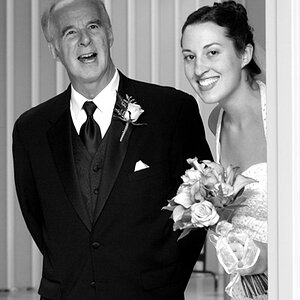Alpha
Troll Extraordinaire
- Joined
- Mar 15, 2005
- Messages
- 5,451
- Reaction score
- 41
- Location
- San Francisco
- Can others edit my Photos
- Photos NOT OK to edit
"If you sit by a creek for six hours and watch the light change and hear the crickets and see the flora and fauna, you almost begin to imagine how the rocks were carved by the water. You start to feel the abrasion and erosion. At that point, you are photographing something that has transpired over many lifetimes. You have a much keener appreciation for what it is. If, on the other hand, you stop at the top of a cliff, get out of your car, point your tiny disc camera toward the canyon, and hop back in the car, I don't know if you've seen it or not. But if you got lost in that canyon without water for two days, you would have felt it. It's a matter of how much you're willing to extend yourself into the environment."
--Caroline Vaughan
--Caroline Vaughan


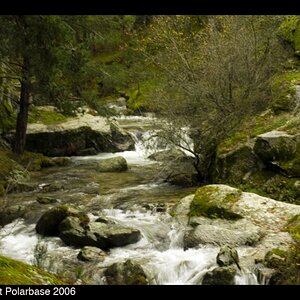
![[No title]](/data/xfmg/thumbnail/33/33358-426ca644c08fb31a8cc23232f17de8dd.jpg?1619735922)
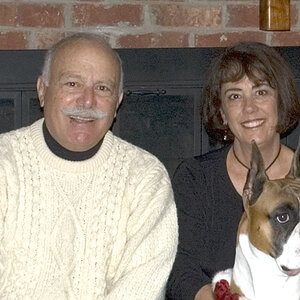

![[No title]](/data/xfmg/thumbnail/40/40288-4d5d7a8aa74ddfceb5fb82062d9b21be.jpg?1619739409)
![[No title]](/data/xfmg/thumbnail/33/33357-bd174890e33fb2a7f7338b9278e6dad2.jpg?1619735920)
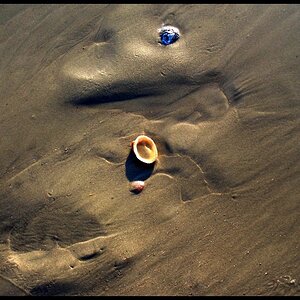
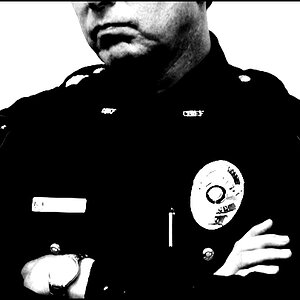

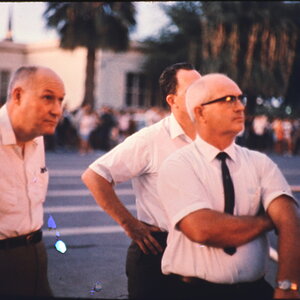
![[No title]](/data/xfmg/thumbnail/40/40287-4f839095000f74d779b90ed75df9dc62.jpg?1619739408)
